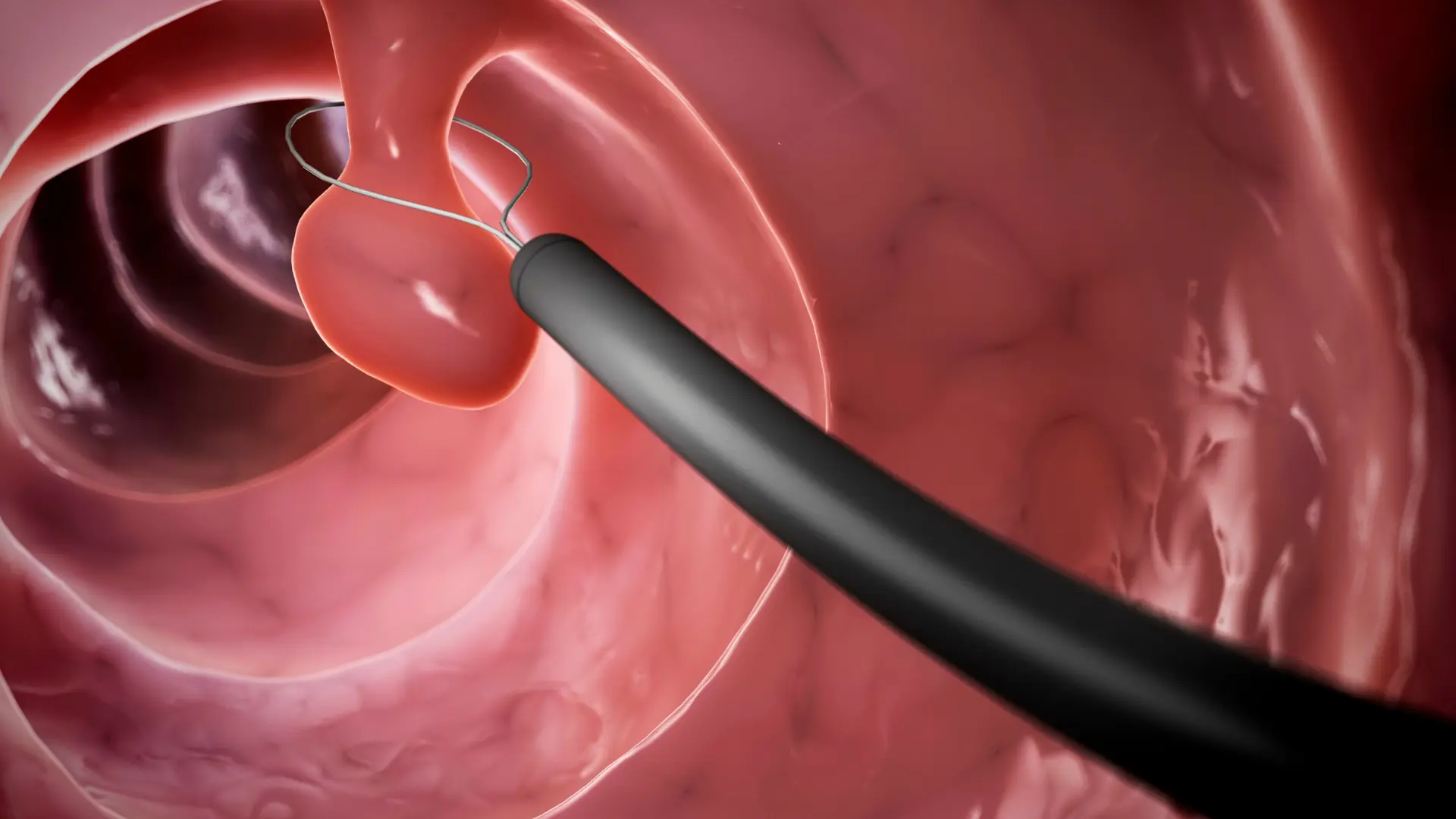
A biopsy in the digestive tract may sound intimidating, but it’s a common and essential procedure for diagnosing various conditions. It allows doctors to get a closer look at your digestive health by collecting tiny tissue samples for analysis. Here’s everything you need to know! ✅
What is a Biopsy in the Digestive Tract? 🤔
A digestive tract biopsy is a procedure where a small piece of tissue is removed from areas like the esophagus, stomach, small intestine, or colon for examination under a microscope. This helps diagnose or rule out conditions affecting your digestive system, such as inflammation, infections, or even cancer.
Biopsies are often performed during procedures like:
How Does It Work? 🔍
Here’s a quick breakdown of how a digestive tract biopsy is done:
The entire procedure usually takes about 30-60 minutes, depending on the area being examined.
Why Might You Need a Biopsy? 💡
Your doctor may recommend a biopsy if you have:
A biopsy helps provide a definitive diagnosis so you can receive the right treatment.
What Can be Diagnosed with a Biopsy? 🩺
A biopsy in the digestive tract can help diagnose conditions such as:
How Do You Prepare for a Biopsy? 🥤
Preparation depends on the type of procedure:
Your doctor will provide detailed instructions tailored to your specific procedure.
Is a Biopsy Painful? 😴
Most people find a biopsy to be painless or mildly uncomfortable. Sedation is often used to help you relax, and the tissue collection itself typically doesn’t cause pain. You may feel a bit of soreness or bloating afterward, but this usually passes quickly.
Why Is a Biopsy So Important? ⚠️
A biopsy is one of the best ways to:
Final Thoughts 🌟
A biopsy in the digestive tract is a safe, quick, and valuable tool for diagnosing a wide range of conditions. If your doctor recommends a biopsy, know that it’s a key step toward understanding your digestive health and getting the right treatment.
Take control of your health — book your appointment for a Gastroscopy and/or Colonoscopy today!
DISCLAIMER: The information presented on this page has been intentionally condensed and simplified to make it accessible and easier to understand for the general audience. Its purpose is solely to provide basic awareness and education on the topic discussed. It is important to note that this content is not exhaustive and does not replace or serve as a substitute for professional medical advice, diagnosis, or treatment. Readers are strongly advised to seek consultations with qualified healthcare professionals or specialists for accurate assessment, personalized guidance, and appropriate medical care. Relying solely on the information provided here, without professional oversight, may lead to misunderstandings or inadequate treatment.
Privacy policy
Copyright ©2025 Klinika Kajo. Designed By Vizional